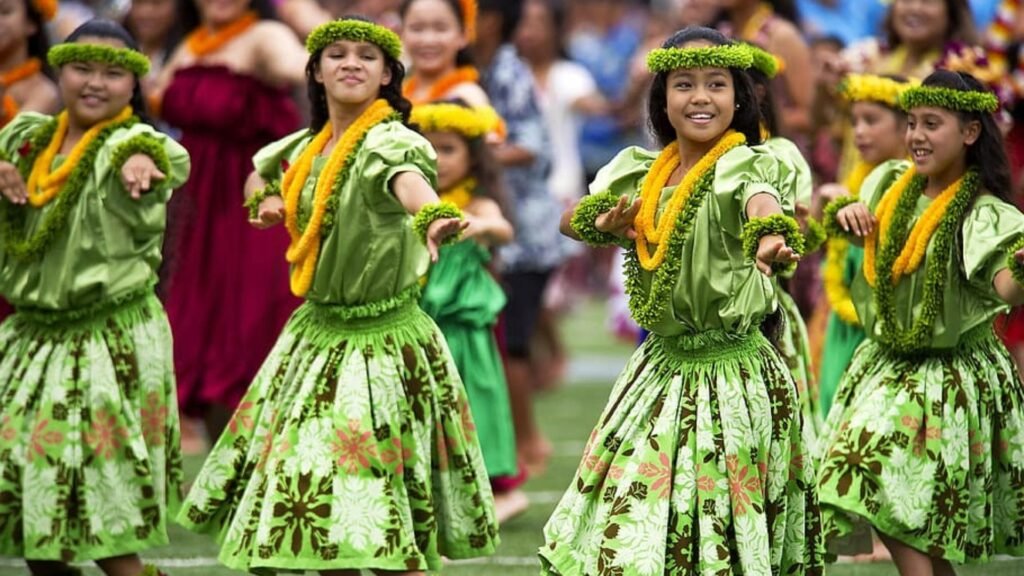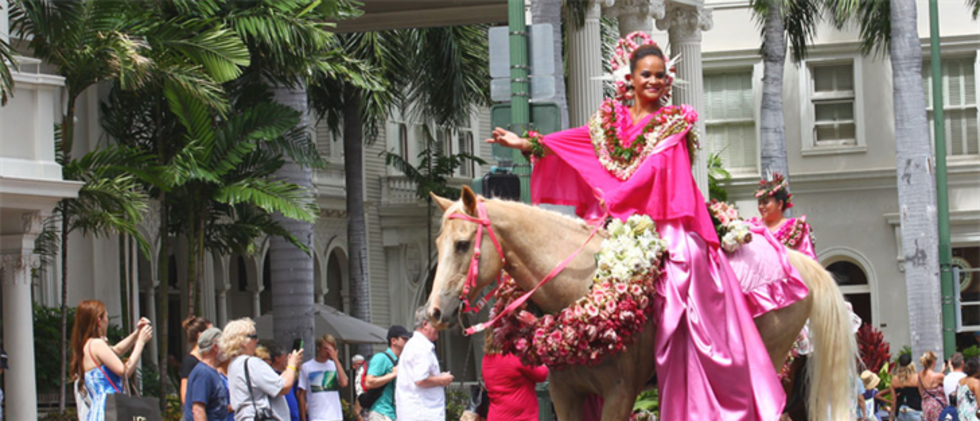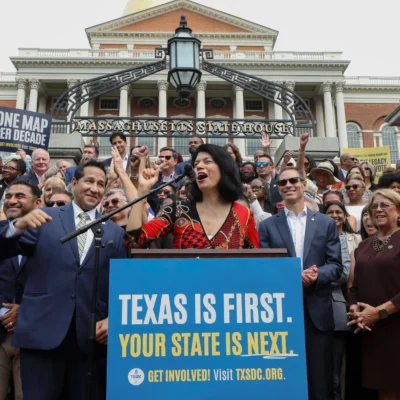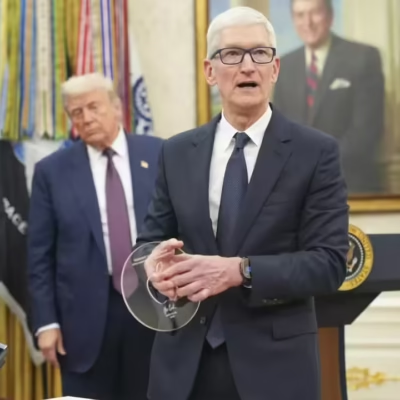The Aloha Festivals in Hawaii are more than just events—they’re a living tribute to the rich cultural traditions, vibrant music, and enduring spirit of the Hawaiian people. Held annually throughout September, these festivals are among the most significant cultural celebrations in the state, drawing both locals and visitors into a colorful journey of hula, chants, parades, and lei-making.
In this article, we’ll explore the origins, highlights, and how you can experience the magic of the Aloha Festivals in Hawaii firsthand.
Table of Contents
- Introduction to Aloha Festivals
- Historical Background
- Festival Highlights
- Signature Events on Each Island
- Cultural Significance and Traditions
- Planning Your Visit
- Tips for First-Time Attendees
- Supporting Hawaiian Culture
- Final Thoughts
1. Introduction to Aloha Festivals
The Aloha Festivals are a statewide cultural celebration founded in 1946, originally known as “Aloha Week.” It was created to celebrate Hawaii’s rich heritage and share its unique spirit with the world. Over the decades, the celebration evolved into a series of community-based events across the islands of Oahu, Maui, Kauai, and the Big Island.
Whether you’re a first-time visitor or a returning traveler, the Aloha Festivals offer a one-of-a-kind opportunity to connect with Hawaiian culture in its most vibrant and authentic form.
2. Historical Background
Aloha Week was initiated by a group of visionary Hawaiians in the post-WWII era who wanted to promote the values of aloha, preserve cultural traditions, and educate the public about Hawaii’s diverse heritage.
What began as a week-long celebration expanded into a month of festivities, eventually being renamed “Aloha Festivals” in 1991. Today, it continues to honor the unique fusion of native Hawaiian traditions and multicultural influences that shape the islands.
3. Festival Highlights
Each year, the Aloha Festivals have a new theme that reflects a specific aspect of Hawaiian culture. Highlights include:
- Royal Court Investiture: Participants dress in traditional regalia and reenact the historical aliʻi (royalty) of Hawaii.
- Floral Parade: A breathtaking event featuring floats adorned with tropical flowers, traditional hula dancers, and marching bands.
- Ho‘olaule‘a (Block Parties): Free, family-friendly street parties with live Hawaiian music, crafts, food vendors, and cultural demonstrations.
- Cultural Performances: Showcasing hula, oli (chanting), Hawaiian storytelling, and ukulele music.
4. Signature Events on Each Island

Oahu – Waikiki Ho‘olaule‘a & Floral Parade
Oahu hosts the most prominent events. Kalakaua Avenue in Waikiki transforms into a lively celebration with food booths, artisan markets, and live performances. The Floral Parade down Ala Moana Boulevard is a must-see.
Maui – Lahaina Celebration
Maui’s version typically includes a parade along Front Street, featuring hula halau (schools), floats, and keiki (children) performances.
Big Island – Hilo & Kona Festivities
The Big Island blends its local flair with hula exhibitions and cultural workshops in Hilo and Kona.
Kauai – Island-Style Aloha
Kauai’s celebrations are more intimate, with community-led ho‘olaule‘a and music-focused events that bring residents and visitors together.
5. Cultural Significance and Traditions
Aloha Festivals are deeply rooted in aloha ‘āina (love for the land), ohana (family), and kuleana (responsibility). These events aren’t just about entertainment—they aim to educate and perpetuate Hawaiian values and stories through:
- Hula and Oli: Sacred practices used to honor deities, history, and nature.
- Lei Culture: Making and giving lei symbolizes love, respect, and unity.
- Traditional Garments: Participants wear kapa (bark cloth), feather capes, and other regalia that honor their ancestors.
6. Planning Your Visit
Thinking of joining the celebrations? Here’s how to make the most of your trip:
- Best Time to Visit: September is the key month for Aloha Festivals.
- Where to Stay: Book early in Waikiki or Lahaina for proximity to events.
- Transportation: Public buses and shuttles are widely available; parking can be limited during parades.
7. Tips for First-Time Attendees
- Arrive Early: Get a good spot for the parade or block party performances.
- Dress Aloha-Style: Bright florals, aloha shirts, and comfortable sandals are encouraged.
- Learn Basic Hawaiian Words: Simple greetings like “Aloha” (hello/love) and “Mahalo” (thank you) enhance your experience.
- Respect the Culture: Be mindful when participating in sacred ceremonies or taking photos.
8. Supporting Hawaiian Culture
Many events are free, but donations and purchases help sustain local organizations and artists. You can support by:
- Buying from Local Vendors: Many crafts and leis are handmade by Hawaiian artisans.
- Volunteering: Visitors are often welcome to join in setup and cleanup efforts.
- Spreading Aloha: Share your experience respectfully on social media and tag local cultural groups to amplify their voices.
9. Final Thoughts
The Aloha Festivals in Hawaii are a heartfelt expression of community, tradition, and pride. They remind us that Hawaii is not just a vacation destination—it’s a living, breathing culture. By attending these festivals, you’re not just watching—you’re participating in a legacy of aloha that spans generations.
So next time you’re planning a Hawaiian getaway, mark September on your calendar and prepare to be embraced by the true spirit of aloha.
10. The Role of Music in Aloha Festivals
Music is the heartbeat of the Aloha Festivals. It transcends language and connects people through emotion, storytelling, and rhythm. Traditional Hawaiian music, often characterized by slack-key guitar, ukulele, and falsetto singing, plays a central role in each event.
At block parties and stages throughout the islands, you’ll hear live performances by celebrated Hawaiian artists—many of whom are Grammy or Nā Hōkū Hanohano award winners. These musical moments are not just entertaining; they are a window into the past, echoing the chants and melodies passed down through generations.
Look out for:
- Kanikapila Sessions: Informal jam sessions where locals gather to play music together.
- Hawaiian Language Songs: Known as mele, these songs carry deep stories of love, land, and lineage.
11. Food at Aloha Festivals: A Cultural Feast
No celebration in Hawaii is complete without ono (delicious) food. Aloha Festivals are known for their mouthwatering offerings, blending Polynesian, Asian, and Western flavors in true Hawaiian fusion style.
Festival favorites include:
- Kalua pig: Slow-roasted in an underground imu oven.
- Poke: Diced raw fish seasoned with soy, sesame, and chili.
- Poi: A traditional staple made from taro root.
- Lomi salmon: A refreshing mix of salted salmon, tomatoes, and onions.
- Malasadas & Haupia: Portuguese donuts and coconut puddings for dessert.
Don’t forget to try fresh fruit juices, shave ice, or local brews while enjoying live performances under the Hawaiian sun.
12. The Royal Court: A Symbol of Pride and Heritage
One of the most regal and iconic elements of Aloha Festivals is the Royal Court. Each year, a new group is selected to serve as symbolic monarchs for the season—complete with a king, queen, princes, and princesses. Dressed in historic garments, they embody the strength and elegance of Hawaii’s ancient aliʻi (chiefs and chiefesses).
The investiture ceremony, where they are formally introduced and honored, is a spiritual and majestic experience that connects modern Hawaii to its monarchical past. During parades and public events, the Royal Court makes appearances, blessing the gatherings and bringing deep cultural mana (power/spirit) to the festivities.
13. A Deeper Dive Into Ho‘olaule‘a
More than just a party, Ho‘olaule‘a is a concept that goes beyond the Western idea of a street fair. In Hawaiian, the word translates roughly to “celebration” or “festivity,” but it also implies the gathering of community in joy and purpose.
These events serve as educational spaces where families can:
- Watch traditional craft demonstrations like lauhala weaving or kapa-making.
- Participate in lei-making or hula workshops.
- Listen to kupuna (elders) share stories and chants from their youth.
In these spaces, the past and present collide in the most vibrant way. Whether you’re clapping along to a hula or learning to string your own lei, you’re part of a cultural continuum.
14. Sustainability and Respect for the Land

Hawaiian culture is deeply tied to the land (‘āina), and Aloha Festivals are increasingly focused on sustainability and cultural stewardship.
Modern festivals have incorporated:
- Eco-conscious practices: Like banning single-use plastics and encouraging refillable water stations.
- Cultural protocols: Such as offering traditional blessings before events to honor the land.
- Volunteer cleanups: Community-led efforts to leave venues better than they were found.
Visitors are encouraged to adopt the Malama Hawai‘i mindset: care for the place you’re visiting, respect the traditions, and leave no trace behind.
15. Why Aloha Festivals Matter Today
In an age of globalization and rapid change, the preservation of indigenous cultures is more important than ever. Aloha Festivals play a key role in cultural continuity by:
- Educating younger generations
- Providing a platform for local artists and storytellers
- Reinforcing identity and pride among native Hawaiians
These festivals aren’t just tourism attractions—they are acts of cultural preservation, resistance, and celebration.
16. Community Involvement and Volunteer Opportunities
Many of the Aloha Festivals events are powered by volunteers—people from all walks of life who come together to keep the spirit of aloha alive. If you’re planning a longer stay in Hawaii, consider:
- Assisting with parade coordination
- Helping with lei-making workshops
- Participating in event setup and teardown
It’s a great way to engage more meaningfully with the culture, meet locals, and give back during your visit.
17. Photography and Social Media Etiquette
With so much beauty and pageantry, it’s natural to want to capture the moment. But it’s important to be mindful:
- Ask before photographing cultural ceremonies or sacred objects.
- Avoid interrupting performances or blocking views with cameras or phones.
- Use your platform to amplify native voices, tag local organizations, and share educational resources—not just pretty pictures.
18. How to Learn More
If you’d like to explore Hawaiian culture in more depth, consider visiting:
- Bishop Museum (Oahu): Home to one of the largest collections of Hawaiian artifacts.
- Hale Hōʻikeʻike at the Bailey House (Maui): A small but powerful museum of Hawaiian life.
- Imiloa Astronomy Center (Big Island): Connecting ancient navigation with modern science.
- Grove Farm Homestead Museum (Kauai): Showcasing plantation-era history and Hawaiian traditions.
Many of these institutions partner with Aloha Festivals and offer special programming during September.
19. Sample Itinerary for a 5-Day Aloha Festival Experience (Oahu)
Day 1: Arrive in Honolulu, relax at the beach, and attend an opening Ho‘olaule‘a
Day 2: Visit Bishop Museum, shop local crafts, sunset hula performance
Day 3: Royal Court Investiture & free ukulele workshop
Day 4: Floral Parade & afterparty with local music
Day 5: Lei-making workshop, farewell beach picnic, flight home
Conclusion: Come for the Fun, Stay for the Aloha
At its heart, the Aloha Festivals in Hawaii are about more than performances and parades. They are about connection—between generations, between locals and visitors, between the past and the future.
When you join in the celebration, you don’t just witness Hawaiian culture—you participate in it. You honor the traditions, support the communities, and carry the aloha spirit forward into your own life.
For more do click here-Governors Ball Music Festival NYC 2025: Full Guide & Highlights






